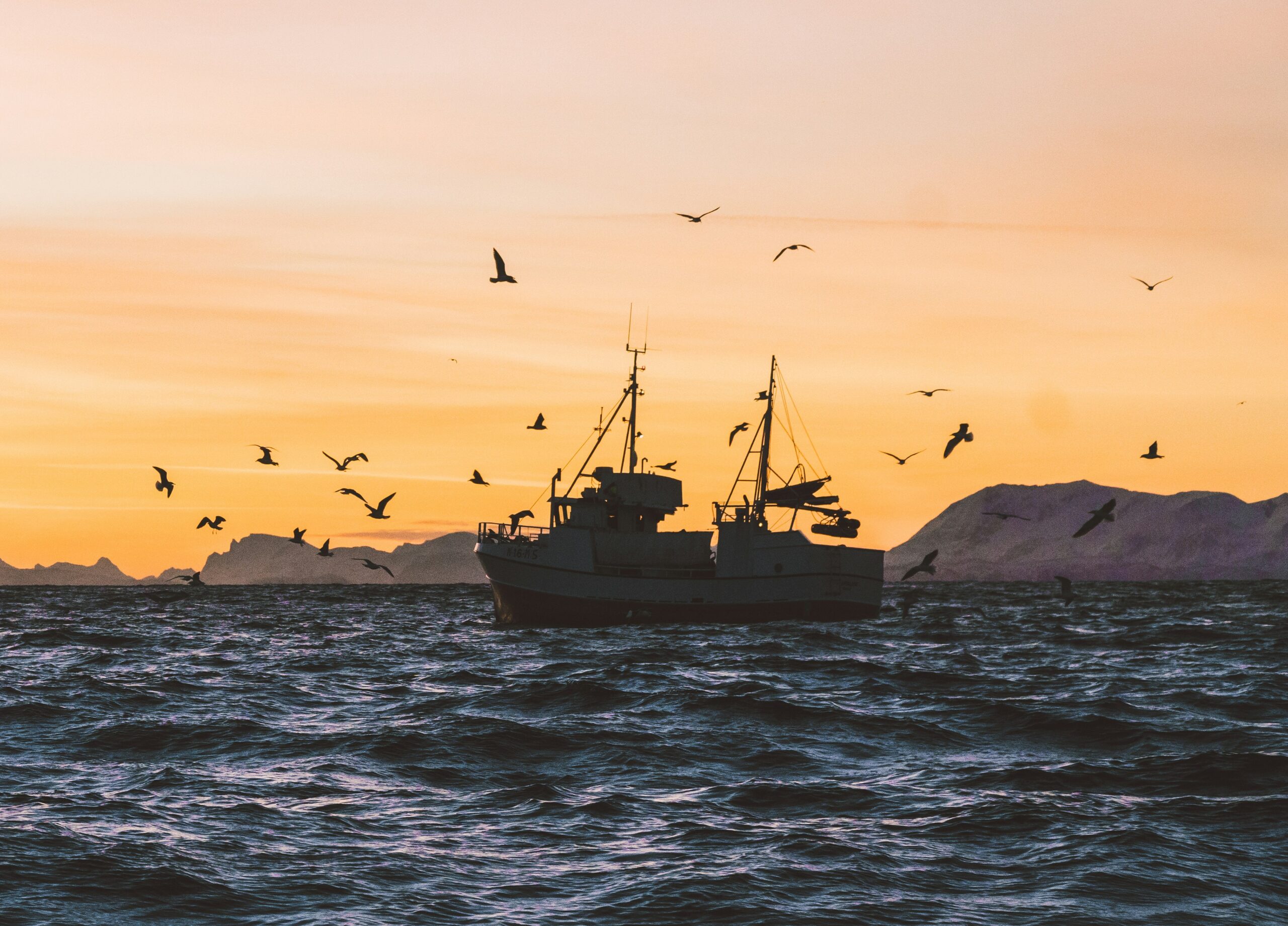Photo by Knut Troim
The Antarctic krill fishery has become the focal point of escalating international tensions, with Norway’s proposal to nearly double catch limits, the arrest of a Ukrainian marine biologist on treason charges, and a major UK retailer’s decision to withdraw from the krill market highlighting the complex challenges facing Southern Ocean governance.
Norway proposes doubling catch limits
Norway has proposed almost doubling the catch limit for krill in the Southern Ocean during the annual Commission for the Conservation of Antarctic Marine Living Resources (CCAMLR) conference in Hobart, Australia (20th -31st October). The proposal heightened diplomatic tensions at a meeting already overshadowed by the arrest of a Ukrainian delegate by Russian authorities.
The proposal comes after the 2025 krill fishery made a record catch of 620,000 metric tonnes in six months, reaching the trigger level established by CCAMLR and causing an unprecedented precautionary closure of the fishery on 1 August. According to several analysts, the record catch is due to CCAMLR’s failure at its previous meeting to renew conservation measure CM 51-07, which distributed fishing effort across several areas to avoid concentration around key wildlife habitats.
Ukrainian scientist arrested on treason charges
Leonid Pshenichnov, a 70-year-old researcher at the Ukrainian Institute of Fisheries and longtime CCAMLR delegate, was arrested in Crimea in mid-September 2025. Russian authorities charged him with high treason linked to his support for tighter controls on Antarctic krill fishing.
Russian documents describe Pshenichnov as having “defected to the enemy’s side” by assisting Ukraine’s CCAMLR delegation and advancing proposals that would restrict krill harvesting, allegedly harming Russia’s economic interests.
Ukraine’s ambassador to Australia, Vasyl Myroshnychenko, urged CCAMLR members to condemn Moscow’s actions, whilst Australia expressed grave concern and the UK called for the release of arbitrarily detained civilians.
Humpback recovery threatened by krill pressures
The governance tensions come at a critical moment for species dependent on krill. Australia’s humpback whale populations have recovered to an estimated 50,000 on the East Coast, up from just a few hundred decades ago after commercial hunting was outlawed.
However, Vanessa Pirotta, an award-winning wildlife scientist and whale expert, stressed the need for continued protection of the species and their food source, Antarctic krill. She described krill as “fundamentally important to the functioning of the whole system,” noting they are eaten by whales, penguins, seals and many other species.
The intergovernmental organisation CCAMLR recently allowed protections for Antarctic krill to expire, allowing industrial fleets to harvest large amounts for uses such as dietary supplements and fish food.
Holland & Barrett withdraws from krill market
UK retailer Holland & Barrett has announced it will become the UK’s first major retailer to fully withdraw from the krill market by April 2026. The decision follows extensive discussions with Sea Shepherd representatives, who submitted photographic evidence depicting industrial super trawlers operating amongst foraging whale pods in a proposed marine protected area.
Peter Hammarstedt, Campaign Director for Sea Shepherd Global, said: “For the past three years, our ship expeditions to Antarctica have documented the growing conflict between whales and super-trawlers competing for krill.”
Ecological significance and fishing pressure
Krill occupies the base of the food web for numerous wildlife populations in the Southern Ocean, including penguins, seals, finfish and seabirds. In 2023, around 500,000 tonnes were trawled, primarily by Norway (67.2%), followed by China (17.1%) and South Korea (8.4%), turned into feed for pets, farmed fish and omega-3 supplements.
The CCAMLR meeting ended without adoption of new marine protected areas around the Antarctic Peninsula, though observers noted growing alignment amongst conservation-oriented members towards meeting global ocean protection targets.
